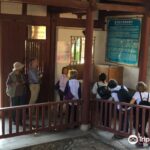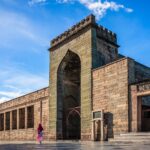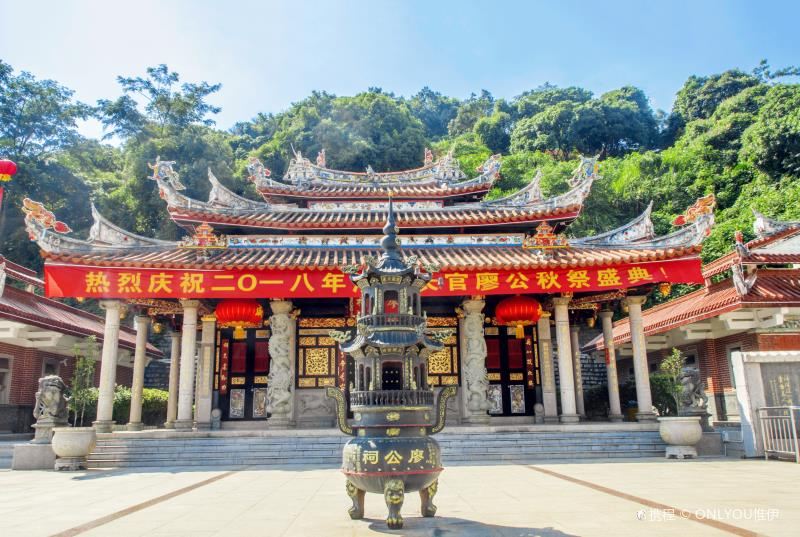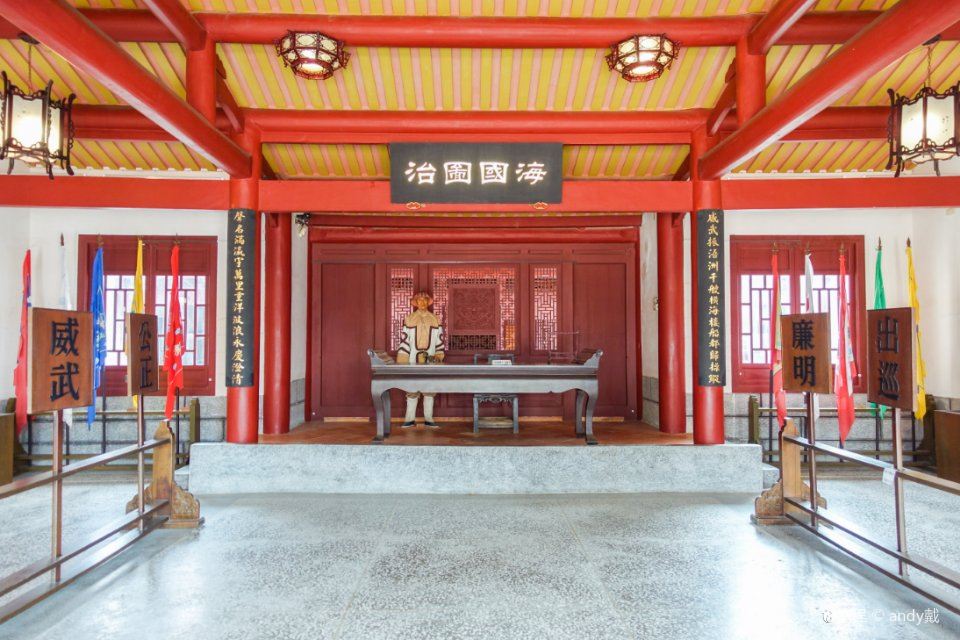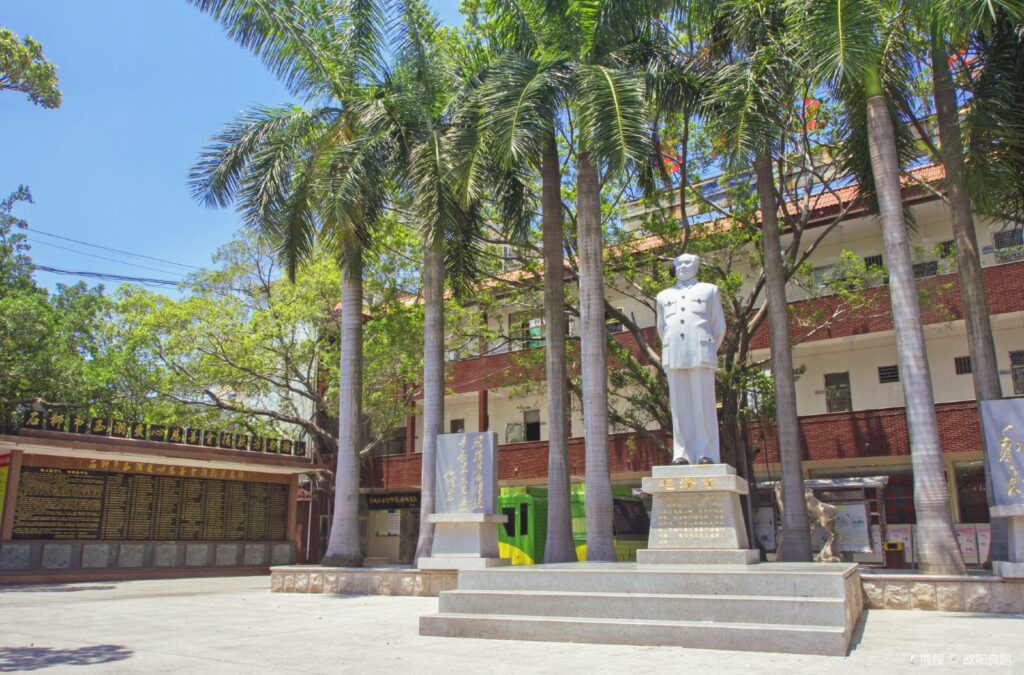Dakaiyuan Temple is located on West Street, Licheng District, Quanzhou City. It was built in the second year of Chuigong during the reign of Empress Wu Zetian of the Tang Dynasty. With a history of over 1,300 years, it is an important cultural relic along the southeast coast of China and a relatively large Buddhist temple in Fujian Province.
The scenic spots of Dakaiyuan Temple along the central axis include the Worship Pavilion, Worship Court, Mahavira Hall, Ancient Site of Sangpeng, Ganlu Precept Altar, and Sutra Library. In addition, there are stone pagodas on the east and west sides and corridors on the east and west. The Tianwang Hall is also the mountain gate of Dakaiyuan Temple. The existing building was constructed in 1925 AD. The stone pillars are slightly thinner at the upper and lower ends and thicker in the middle, shaped like a shuttle, which is the style of stone pillars in the Tang Dynasty.
Dakaiyuan Temple in Quanzhou, Fujian
Dakaiyuan Temple is located on West Street, Licheng District, Quanzhou City. It was built in the sec[...]



